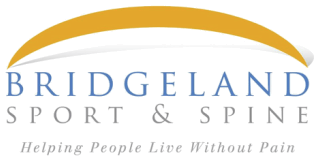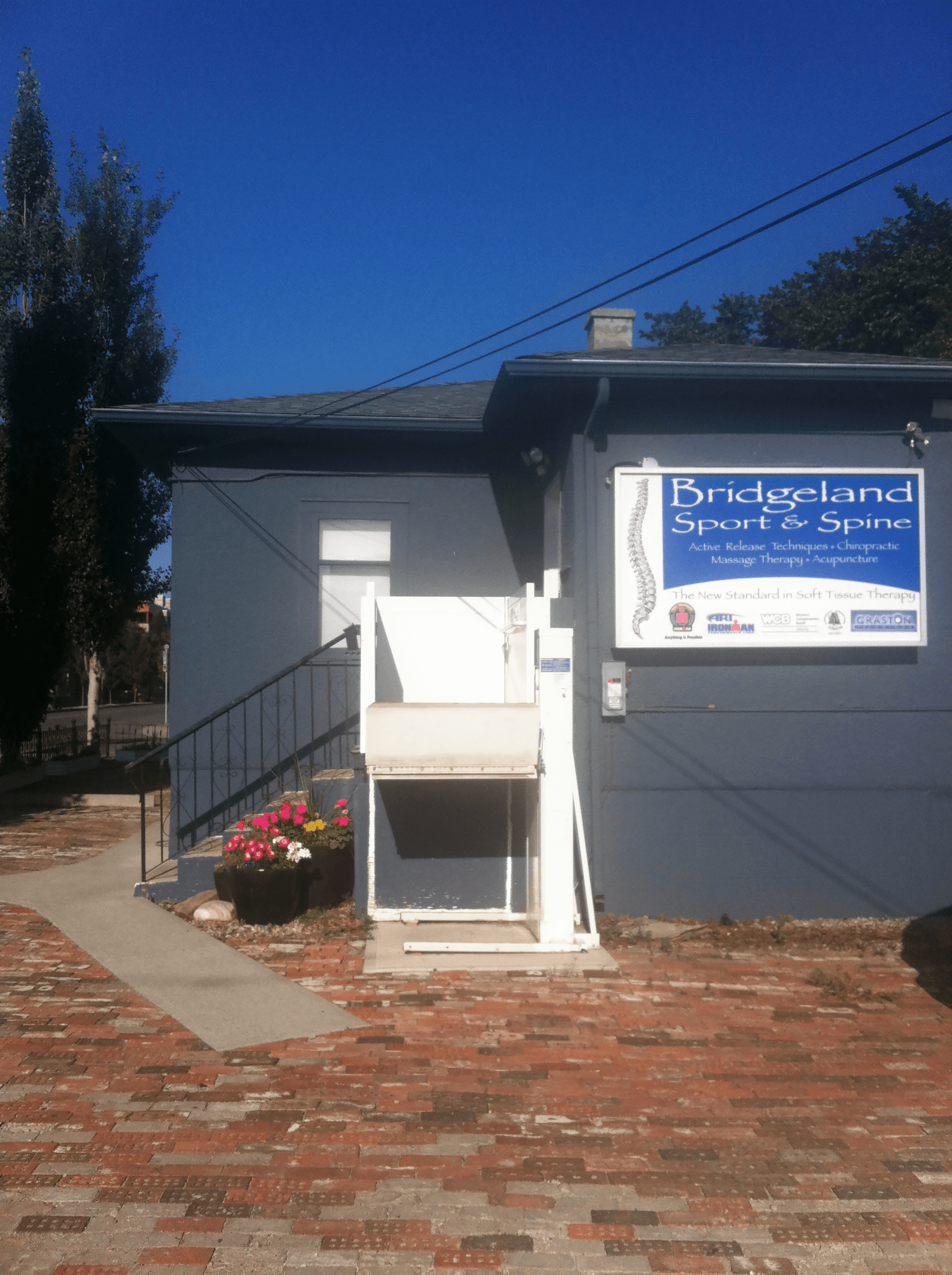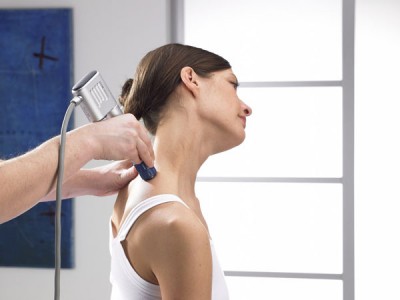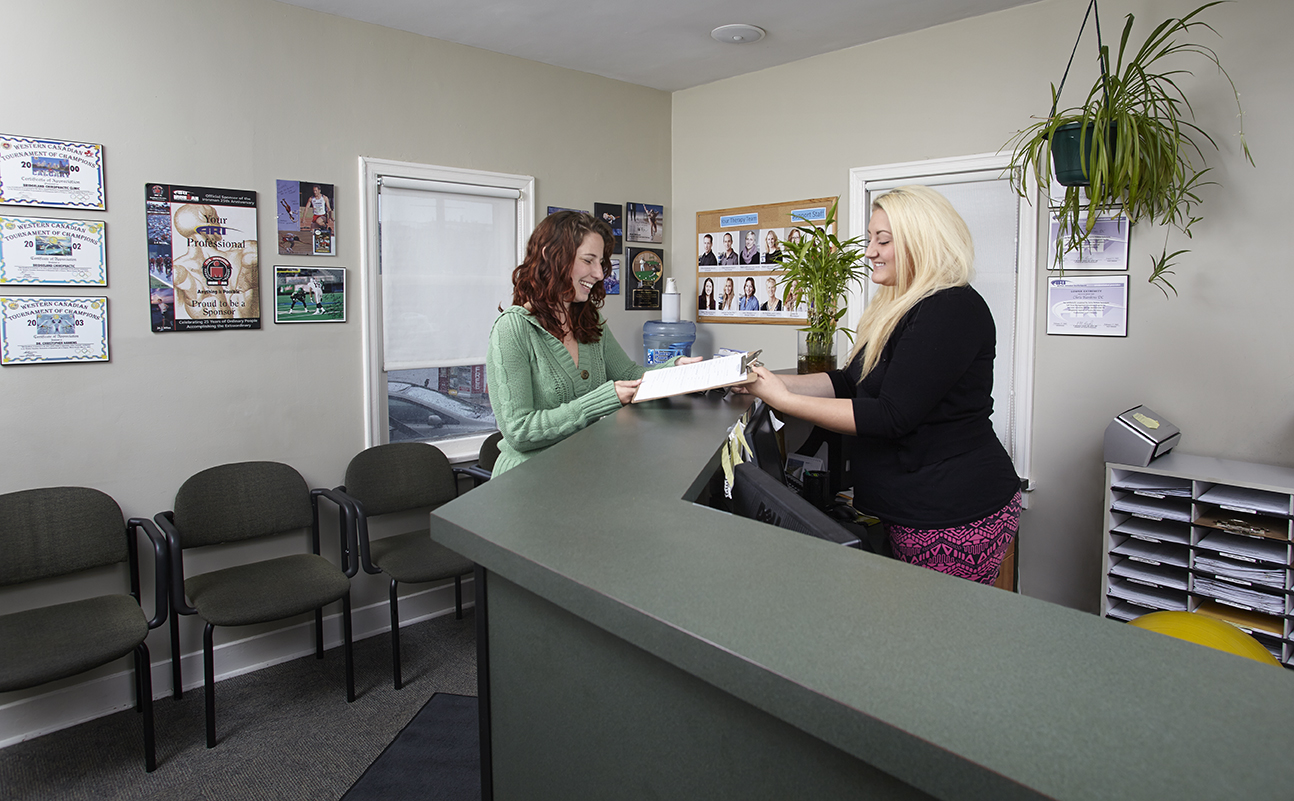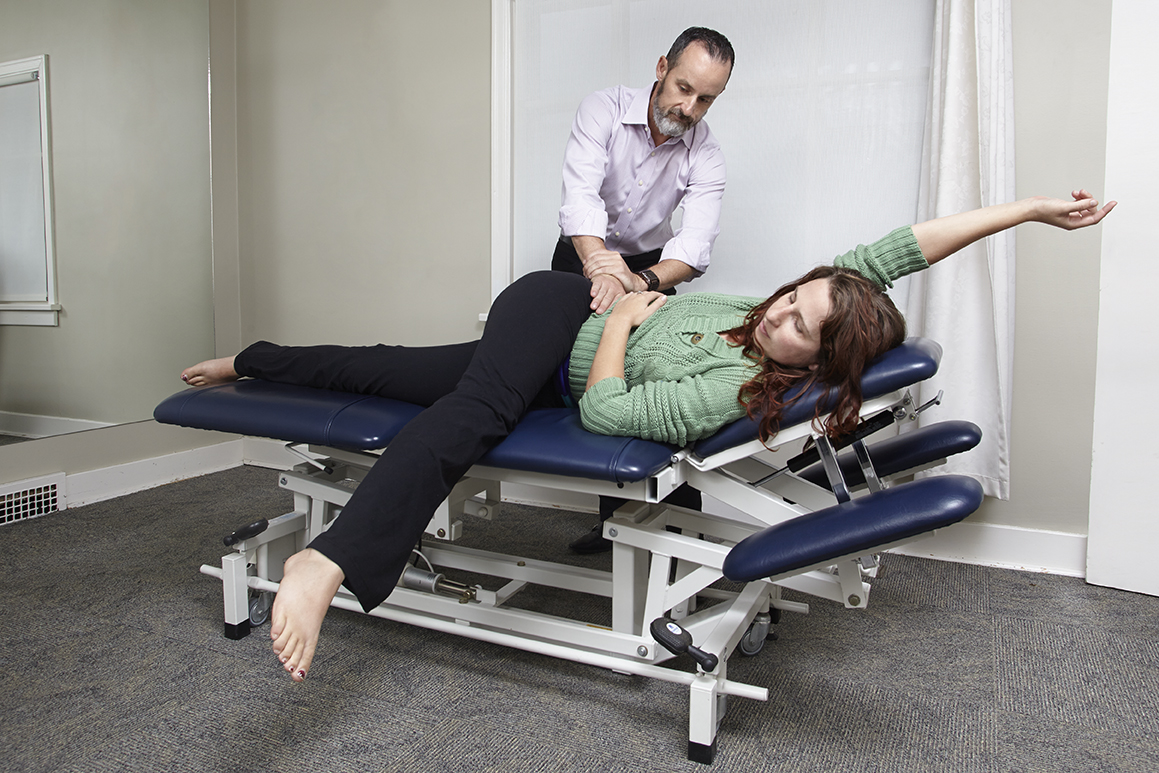Conditions & Injuries We Treat
Recent Injuries - Generally, we recommend using the “two day rule”- if the pain doesn’t go away or reduce significantly in two days, it’s probably best to be evaluated by a health professional. Usually, the sooner therapy begins, the simpler the overall treatment plan. If you have pain that is severe or seems unusual, forget the two day rule and get help right away.
Chronic (Long Term) Injuries - Maybe you’ve had multiple car accidents, or multiple sports injuries. Maybe you keep injuring the same spot over a gain and it’s never really healed completely. Chronic injuries can result in the formation of scar tissue throughout ligaments, tendons and muscles. Therapies such as Shockwave, Graston, ART, and IMS have been shown to be very effective for these types of injuries.
Back Pain - Sources suggest that somewhere between fifty and eighty percent of the population will experience back pain during their lifetime. We offer multiple solutions for back pain including treatments directed at muscle, joint, or nerve tissue. Our treatment protocols involve strategies for lifestyle and exercise to help you prevent back pain from recurring.
Neck Pain - Car accidents. Sports injuries. A career spent sitting in front of a computer. Similar to back pain, most causes of neck pain are not serious. Neck pain can be, however, very distracting during your day. Major studies show that most acute neck pain can be resolved in sixty to ninety days once treatment is initiated. Incorporating our preventative strategies into your life will minimize the need for future treatment.
TMJ Dysfunction - Pain in the jaw while chewing or talking can lead to headaches and dental problems. Our clinic uses an advanced physiotherapy approach to the rehabilitation of jaw pain. Early intervention will minimize the need for future treatment.
X-Rays - During your clinical examination (first visit), we will determine whether x-ray images are necessary in determining the source of your problem. X-rays are covered by Alberta Health Care and can be performed at number of different locations according to what is most convenient for you.
Rotator Cuff Syndrome - Shoulder injuries can be complicated. Fortunately, the most common problems respond quickly to therapy. If it hurts to raise your arm overhead, reach behind you, or throw a ball, then you very likely have a rotator cuff problem. Mild cases generally require three weeks of treatment. More severe cases require diligent attention to a home exercise program along with a blended therapy approach. The benefits of Active Release, Graston, physiotherapy and acupuncture are combined to resolve stubborn problems.
Golfer’s Elbow - Elbow pain at the bony prominence on the inside of the elbow is known as Golfer’s elbow or medial epicondylosis. It results from trauma or overuse injuries that cause microscopic muscle and tendon tears that lead to inflammation. Anti-inflammatory medication of cortisone injections only decrease the inflammation but do not correct the root cause of the problem. A combination of therapy and strengthening is usually sufficient to resolve this condition. Therapies such as Shockwave, Graston, ART, and IMS have been shown to be very effective for this type of condition. If you have unresolved elbow pain, see Dr. Hankins Article “Golf Related Injuries”
Tennis Elbow - Elbow pain at the bony prominence at the outside of the elbow is known as Tennis elbow or lateral epicondylosis. It results from trauma or overuse injuries that cause microscopic muscle and tendon tears that lead to inflammation. Anti-inflammatory medication of cortisone injections only decrease the inflammation but do not correct the root cause of the problem. A combination of therapy and strengthening is usually sufficient to resolve this condition. Therapies such as Graston, ART, and IMS have been shown to be very effective for this type of condition.
IT Band Syndrome - Pain on the side of the knee, especially during or after exercising often results from adhesions or scar tissue in the IT band. Many runners already know that self treatment with a foam roller can help this condition. However, there are usually deeper biomechanical malfunctions that started the problem in the first place. Those suffering from IT band syndrome should have their gait analyzed for imbalance. Corrective exercises and stretching can help correct these imbalances. Graston and Active Release therapies will reduce prior scar tissue build up so that home exercise with a foam roller will be effective in the future.
Patellofemoral Pain - A.K.A “knee pain”: Pain under the knee cap, especially when going up or down stairs is most commonly diagnosed as patellofemoral pain. This condition can be caused by a sports injury trauma or develop slowly over time due to something as simple as wearing the wrong shoes. Treatments usually focus on reducing scar tissue around the knee ligaments using the Graston treatment combined with specific exercises aimed at strengthening the muscles around the knee cap.
Wrist and Hand Pain - Various sports injuries and prolonged computer use are the most common causes of wrist and hand pain. Activities such as racket sports, golfing, and data entry can contribute to conditions such as tendonitis or carpal tunnel syndrome. Often people try to use over the counter braces to stop the problem. This strategy, however, can cause the area to become weakened and make the problem worse. Specific identification of problematic tissues followed by treatment, stretches and strengthening will help avoid the need for drugs and surgery.
Motor Vehicle Accidents and Whiplash - New Alberta Minor Injury legislation allows clients immediate, direct access to our clinic, regardless of who was at fault in the accident. No medical referral is necessary. If you've been experiencing pain after a motor vehicle accident, give us a call as soon as possible because there are specific limits in the time allowed to report injuries. There are no out of pocket expenses for the first 21 treatments.
Our clinic is a WCB Alberta Authorized provider. In most cases, immediate direct billing is available so no out of pocket expenses are incurred. WCB has made several positive changes in the past few years. Most work injuries qualify for immediate coverage and treatment. Minor strains and sprains don't end up counting against your employer's WCB record, so claims are processed without incident. If you think you've been injured on the job, give us a call to discuss your claim.
Health Insurance Coverage - Many workplaces today offer some type of secondary health benefits. We are pleased to offer direct billing for a number of benefits providers for all or part of your treatments. If we cannot direct bill your benefits provider, we will issue a receipt that can then be submitted to your provider for reimbursement. Specific coverage amounts vary from plan to plan, so it's best to contact your human resources department to find out amounts for chiropractic, physiotherapy, massage therapy, and orthotics.
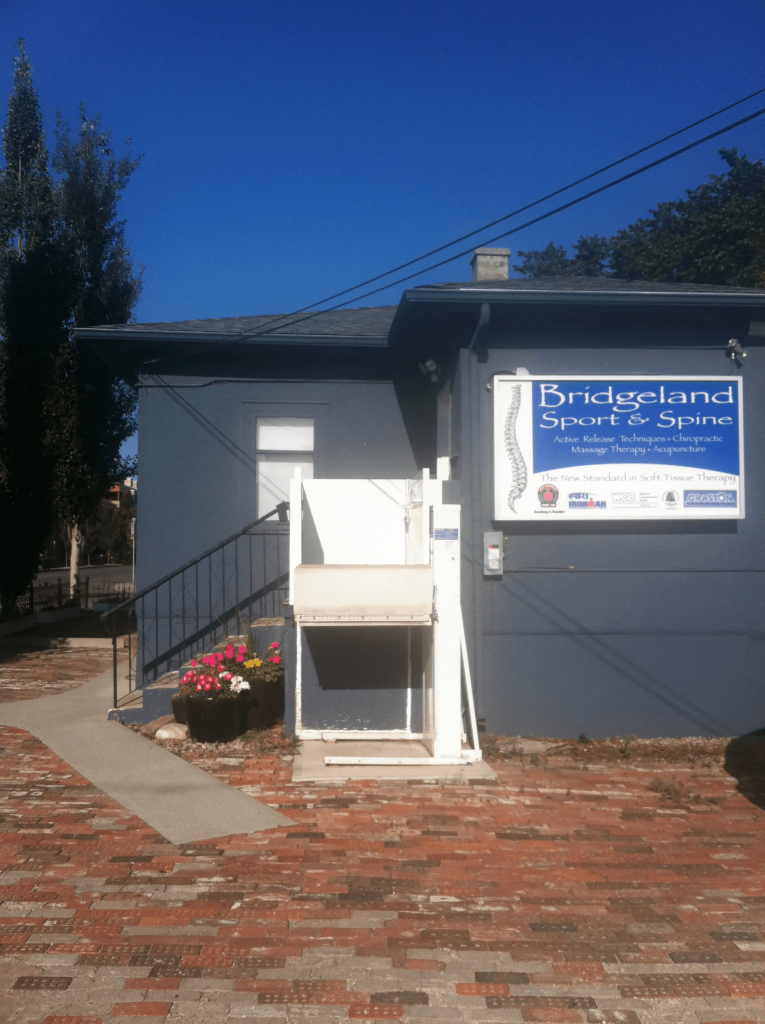
Foot Pain Treatment
Foot Pain Treatment Stop foot pain now! Ultrasound didn't work? Orthotics only took the edge off? The Graston technique and Shockwave therapy address the root causes of plantar fasciitis...
Read More